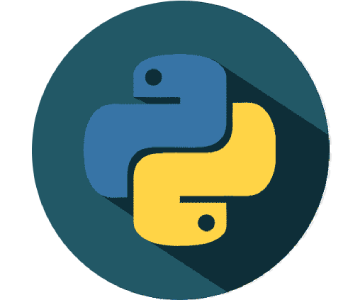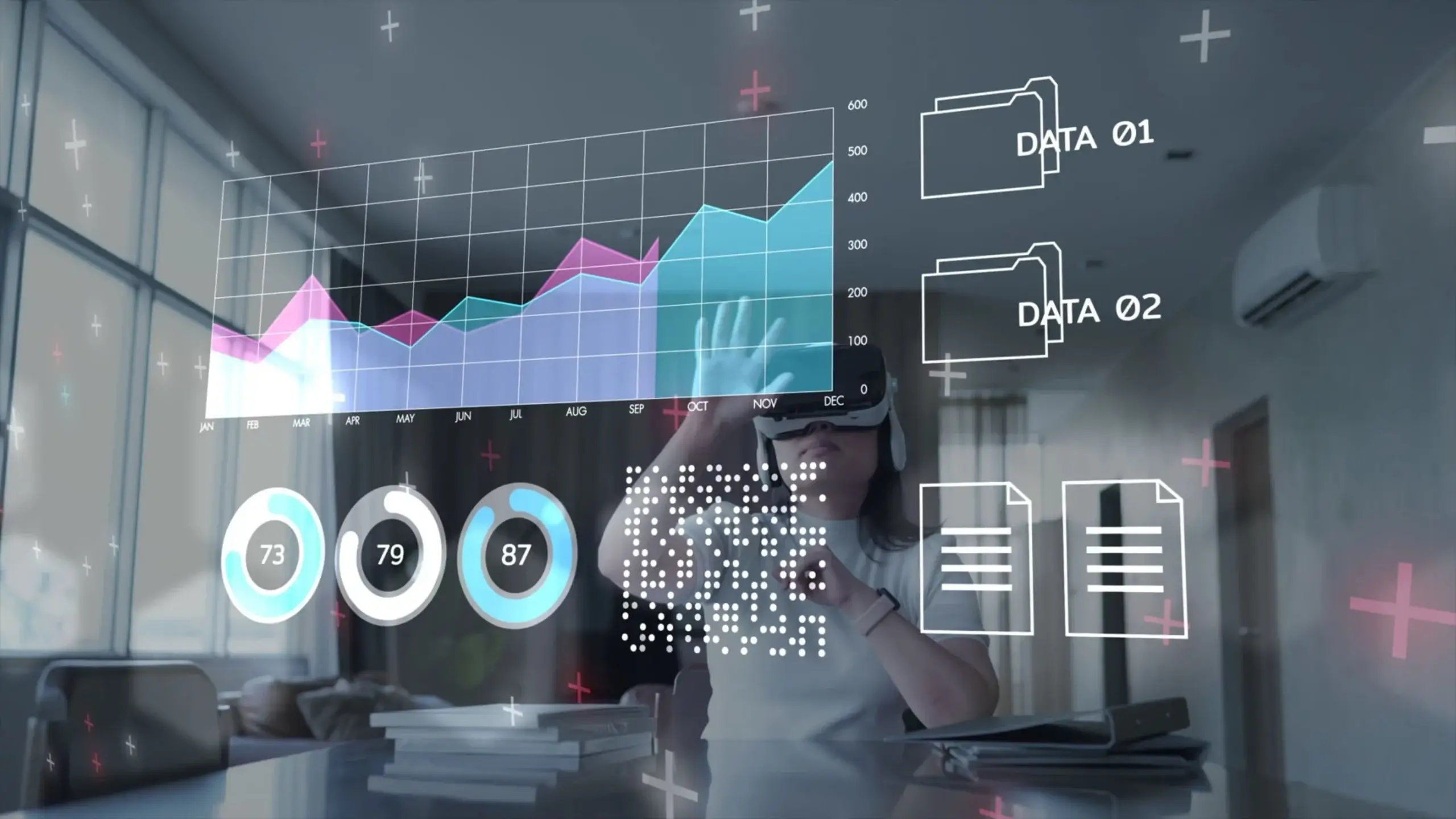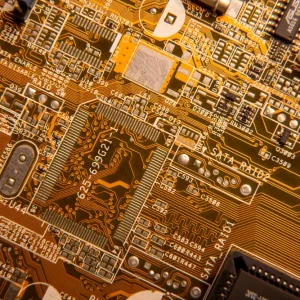
Scientific Python Course
Python is one of the most popular programming languages in the tech industry. It can be said that Python has been "reinventing itself" recently, as more and more tech companies use Python for a wide range of developments in various fields.
In recent years, Python has also gained widespread usage in the data science and artificial intelligence industries, aided by accompanying libraries. In the following, Python can be used for tasks such as data analysis, AI development, and more in these fields of Data Science / Machine Learning.
Python is an inherent and popular programming language that has contributed to many areas in the tech industry. The language suits programmers of all skill levels and is used for a fascinating variety of developments. Its low writing complexity simplifies usage and consistently enhances the language. Python is one of the simplest scripting languages in tech and is adapted for multiple uses.
In the language, work is conducted using directories and modules, which provide efficient project management. In the field of data science and artificial intelligence, Python supports powerful libraries like NumPy, Pandas, and Scikit-learn, assisting in the analysis of complex data and advanced machine learning model development. The language is a powerful tool for data-driven decision-making and advanced solution development, such as text encoding, image recognition, and more.
Some Advantages of Python:
- Excellent language for working with data and data analysis
- High-speed performance
- Relatively quick learning curve, convenient for beginner developers
- Abundance of code libraries that simplify the development process
- Supportive community, forums, assistance in bug resolution
Utilizing Python Extension Libraries for Artificial Intelligence Development
One of the key advantages of Python's development language is the extensive variety of code libraries that can be integrated into projects, including AI developments.
There are numerous libraries with ready-to-use functions and code in the field of artificial intelligence development that can be integrated into any project, thus obtaining a new set of tools for working with mathematical functions, database operations, creating graphical tables with data visualization, and more.
In the Scientific Python course, we will learn how to use and develop with 3 popular libraries widely used in the industry, which will help simplify artificial intelligence development projects.
Let's look at the libraries we will learn in the course and how they will assist us:
NumPy
This library allows integration and execution of mathematical functions in development projects using Python, especially when working with systems developed for artificial intelligence using Python. Utilizing the NumPy library offers us a wide range of functions that save us from writing many lines of code and efficiently handle systems and mathematical operations with high execution speed for these systems. By learning to work with NumPy in Python development, we can progress with the project more quickly and efficiently.
SciPy
SciPy is a library that complements and works in excellent synchronization with NumPy. SciPy utilizes the arrays of NumPy and adds more models and functions for computing various common mathematical operations. Integration, algebra, solving equations, and more—almost in any artificial intelligence project, especially those also using NumPy, we want to use SciPy to simplify our work and open a new world of possibilities in computations and data analysis.
Matplotlib
An integral and crucial part of artificial intelligence development and working with data in code development is the ability to visually represent results and calculations. For this purpose, the Matplotlib library was developed, creating a code package that is easy to use and highly professional, significantly simplifying data visualization for us. The library also supports the GUI of most operating systems and allows the creation of graphical elements, tables, charts, and more. Additionally, the results can be exported in a wide variety of file formats for further use and collaboration with additional stakeholders.
Who is this course suitable for?
- Graduates of colleges/universities interested in specializing in Artificial Intelligence (AI) system development.
- Hardware/Software/Computer Science engineers with no experience in this field who are interested in professional transition.
- Individuals with relevant background and prior experience, including Python programming and working with Linux operating systems.
The Scientific Python course includes interactive lectures and practical exercises, providing:
- In-class exercises accompanied by explanations, homework assignments, and solutions on the course website.
- Course workbook.
- Online videos and presentations on the course website.
The lectures take place once a week in the evening hours.
Course Structure
Ch. 1
NumPy
Ch. 2
SciPy
Ch. 3
Matplotlib


Meet your instructor
Benny Cohen
Embedded Academy Founder and CEO
As a long-time veteran in the technology industry, Benny Cohen combines a deep passion for technology with extensive field experience. With a B.Sc. in Electronics Engineering and an M.Sc. in Communication Engineering, he has spent over 20 years developing software and hardware systems, including the last few years focusing on the cybersecurity industry. In addition to his role as the company founder & CEO, Benny also operates as a hands-on practitioner who specializes in penetration testing and has conducted significant security assessments for leading enterprises and security companies worldwide. His approachable teaching style and real-world expertise make learning both engaging and relevant.
What our graduates say
Scientific Python Course Integration in Other Programs
Our graduates work here
Blog
News, insights, and learning resources from Embedded Academy



.webp)
.webp)



















